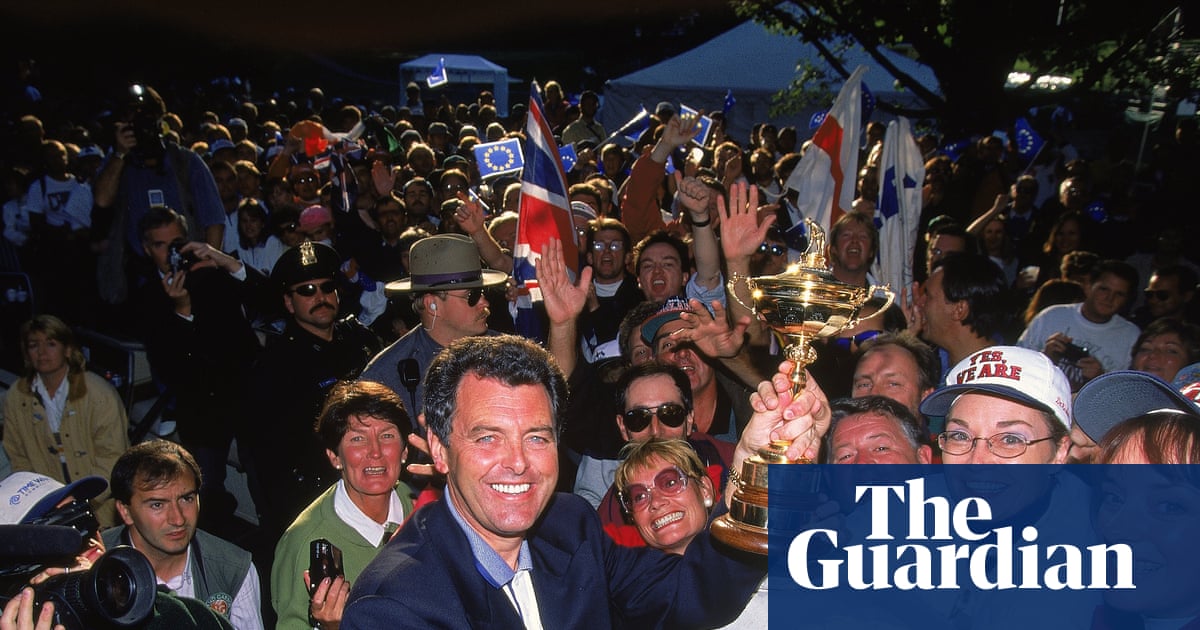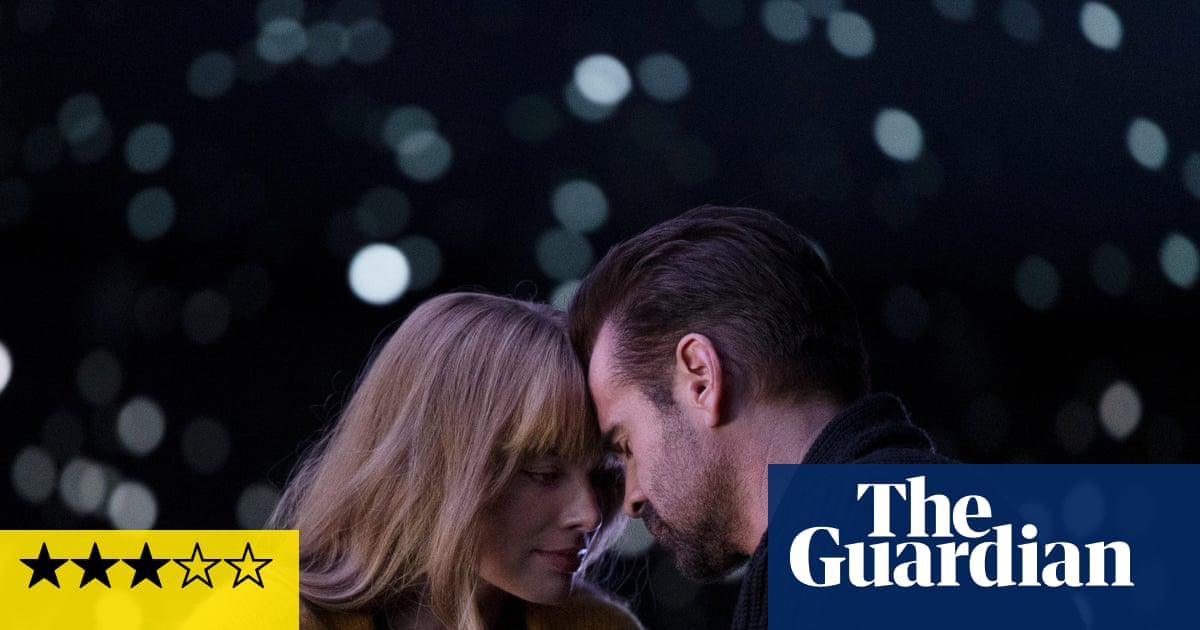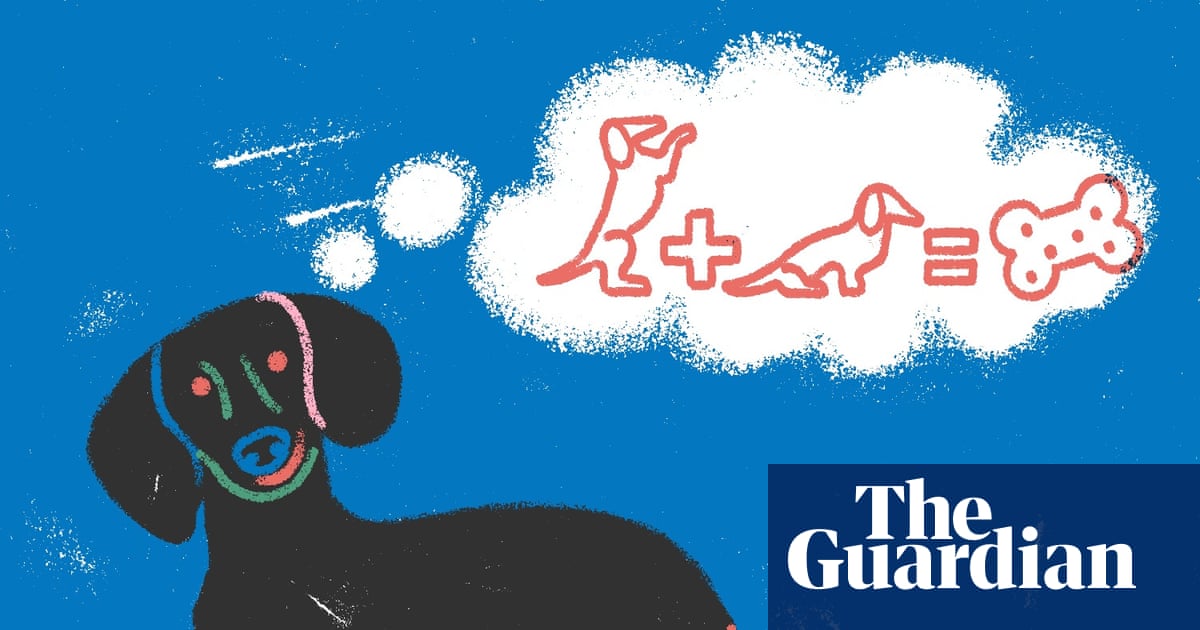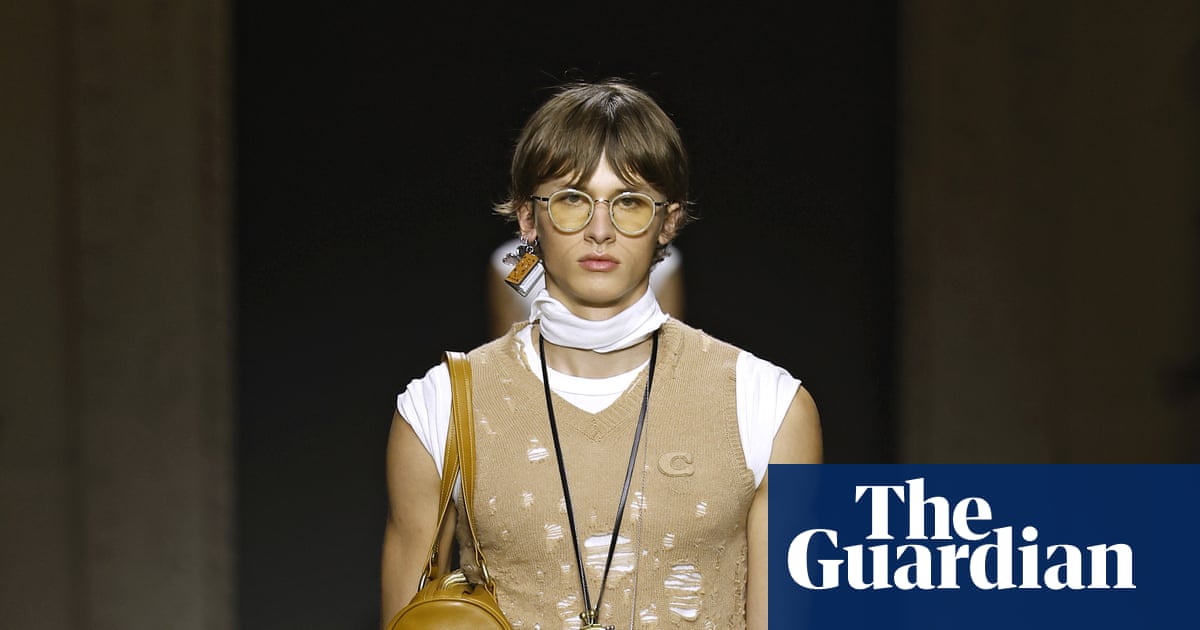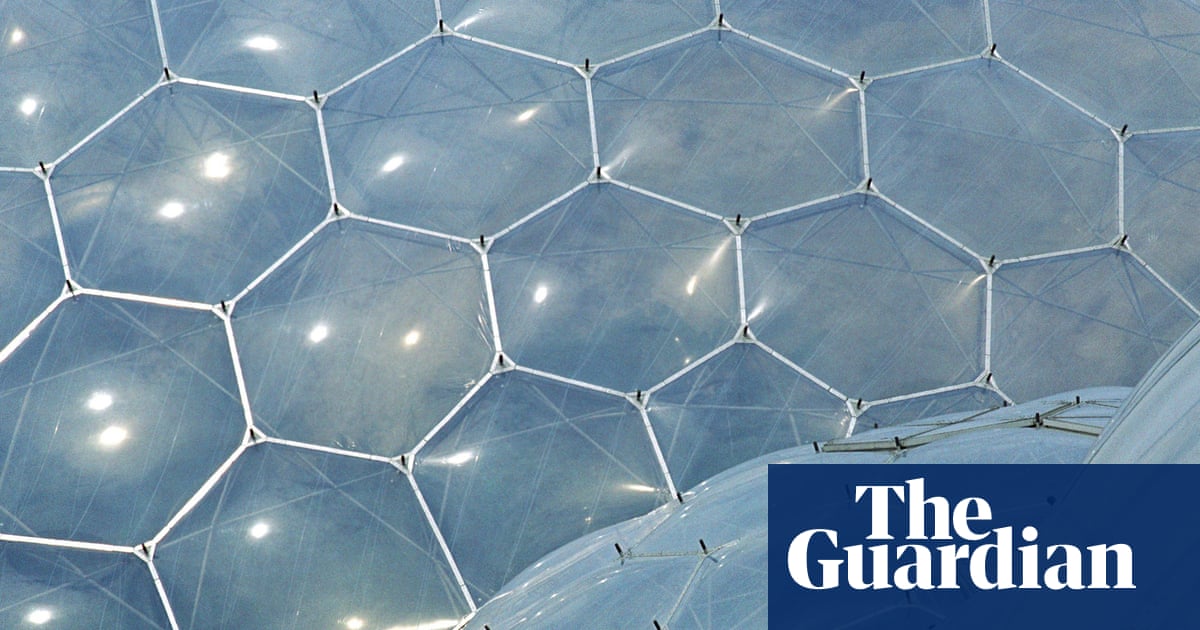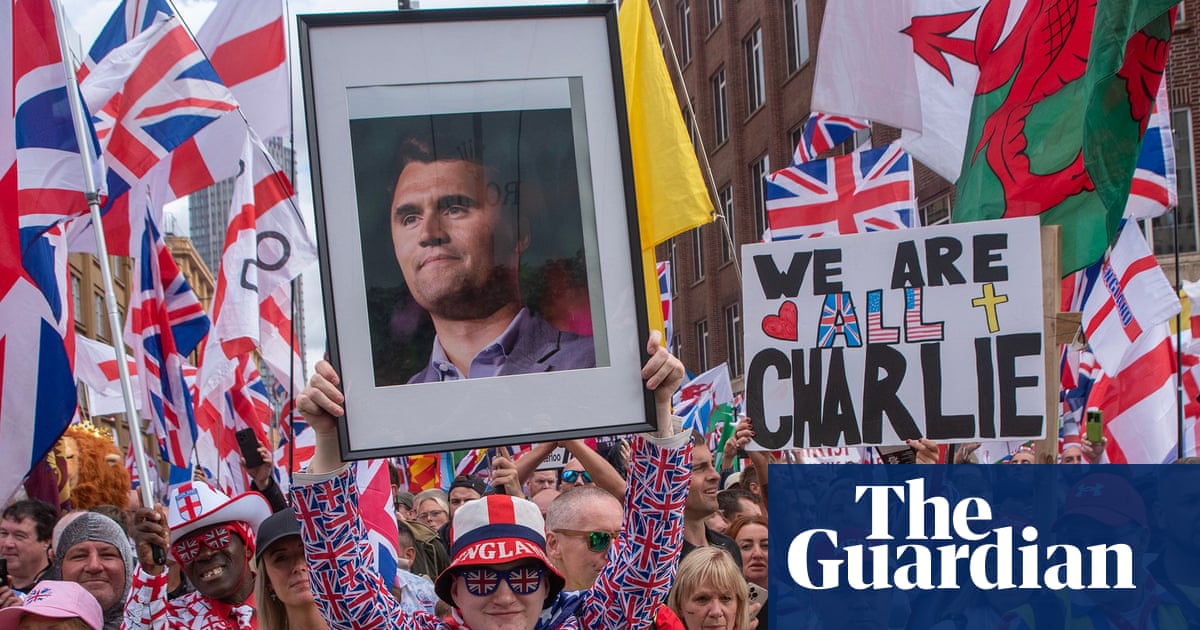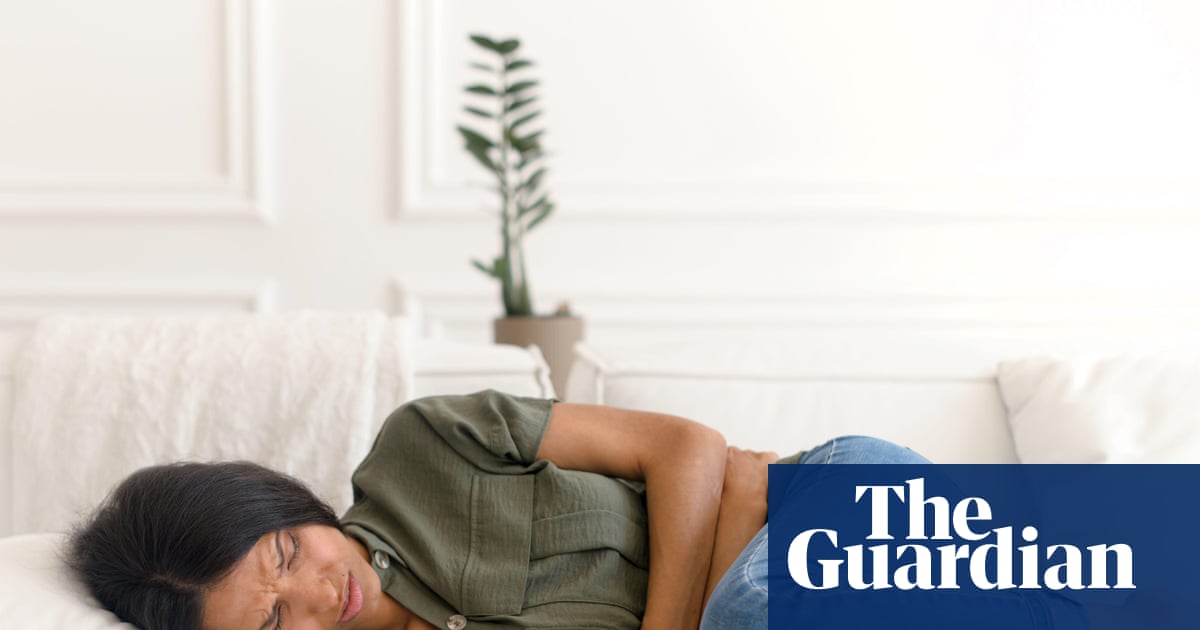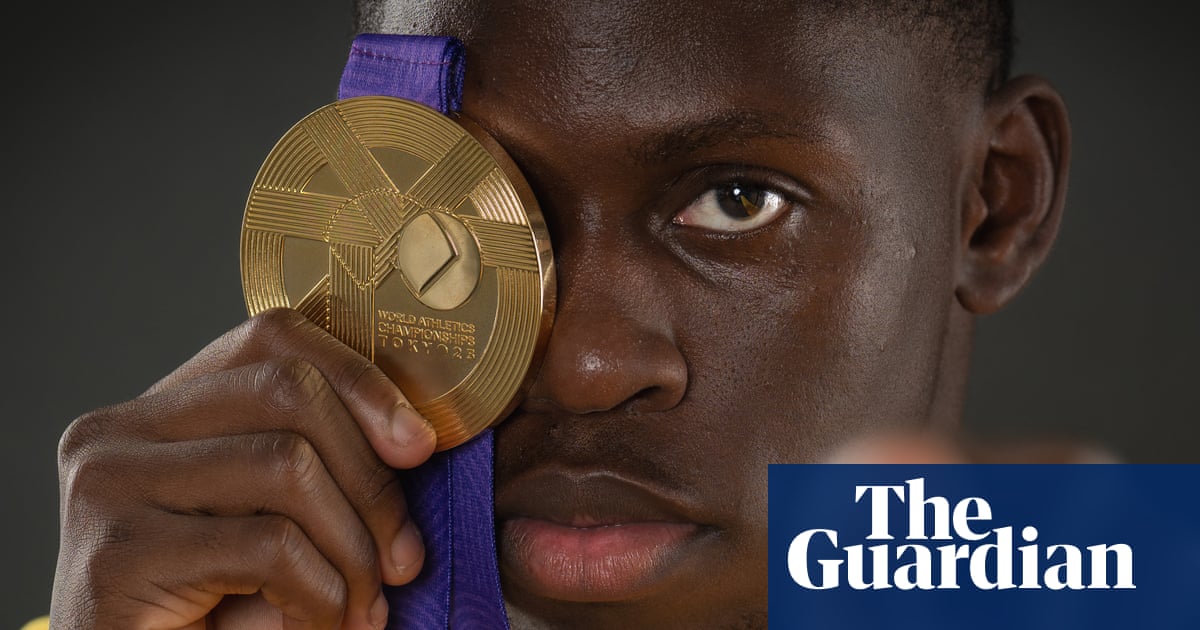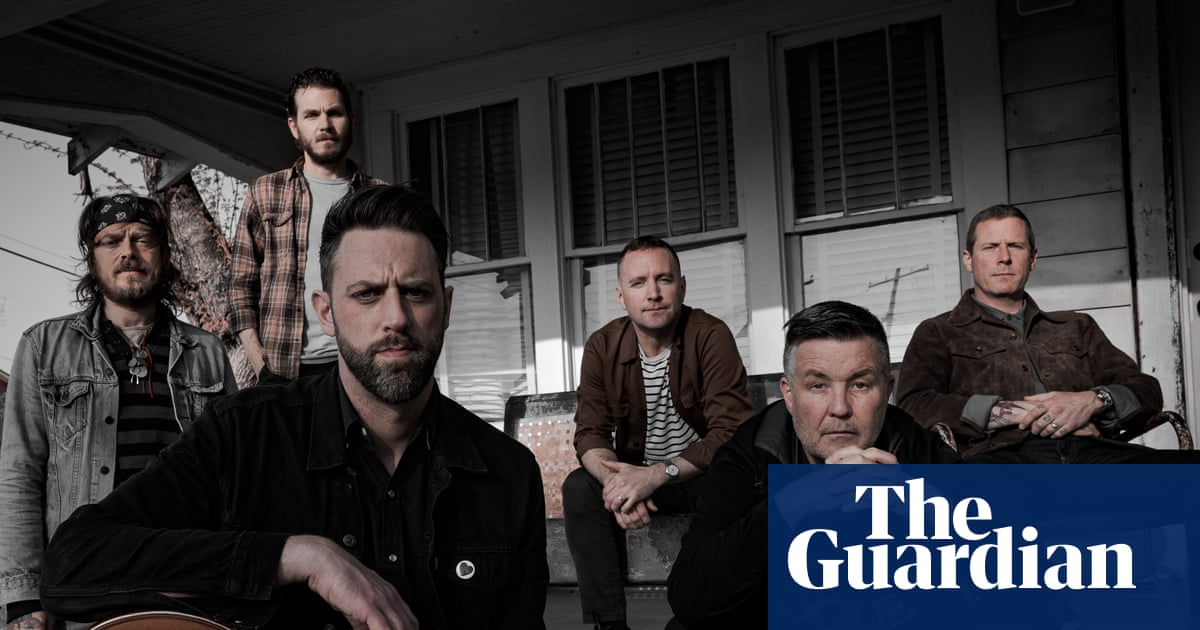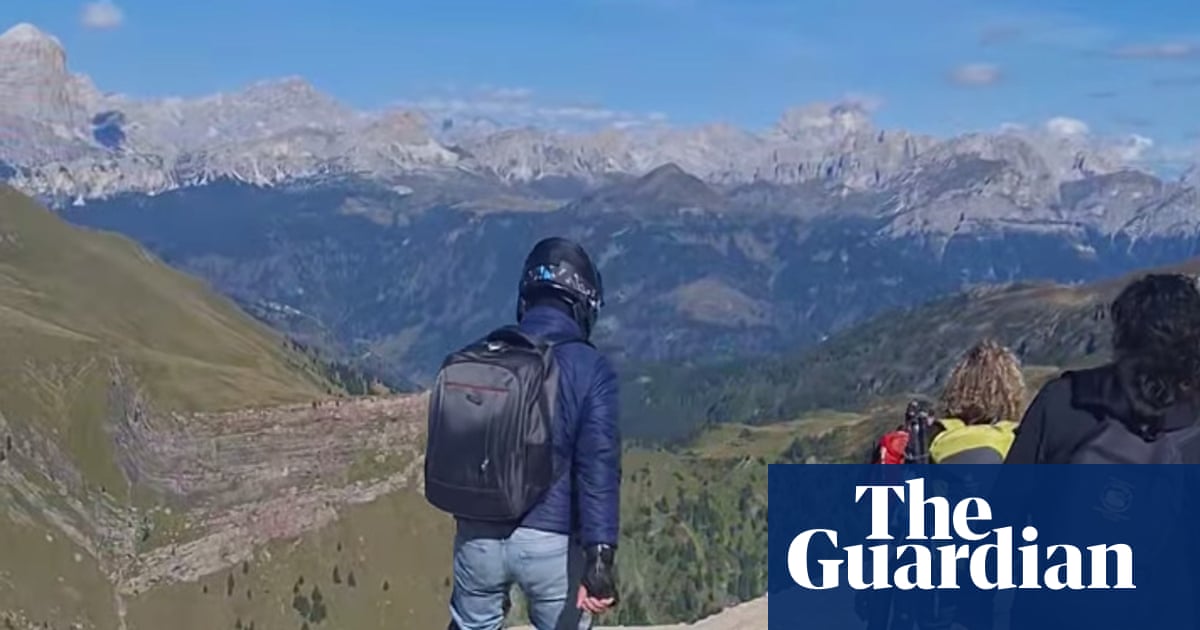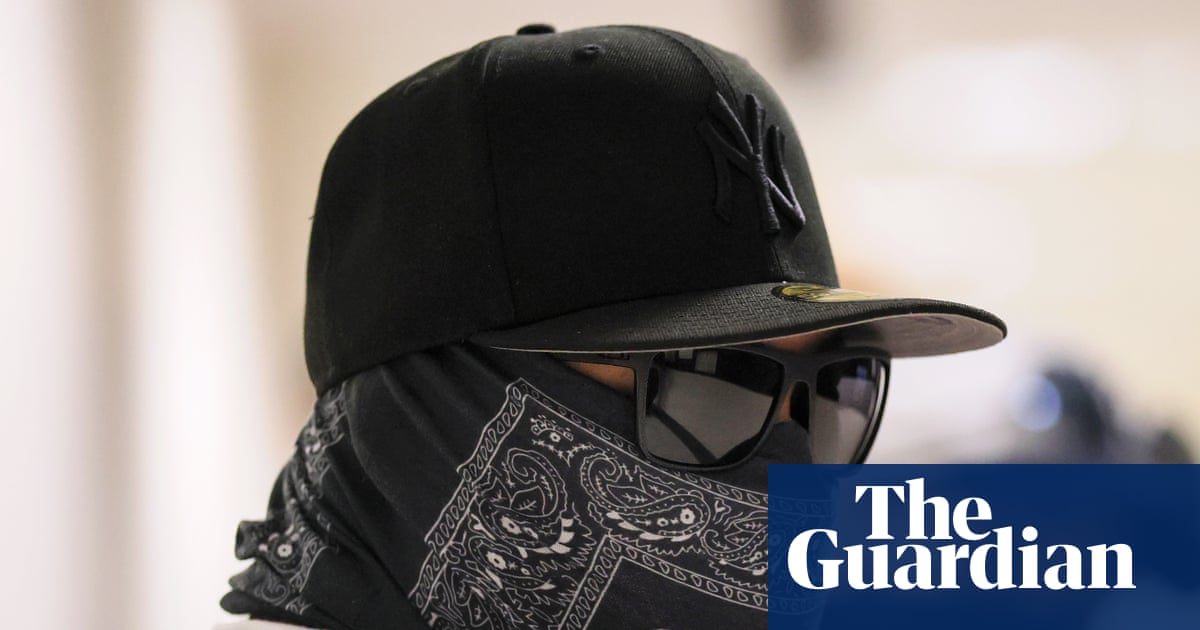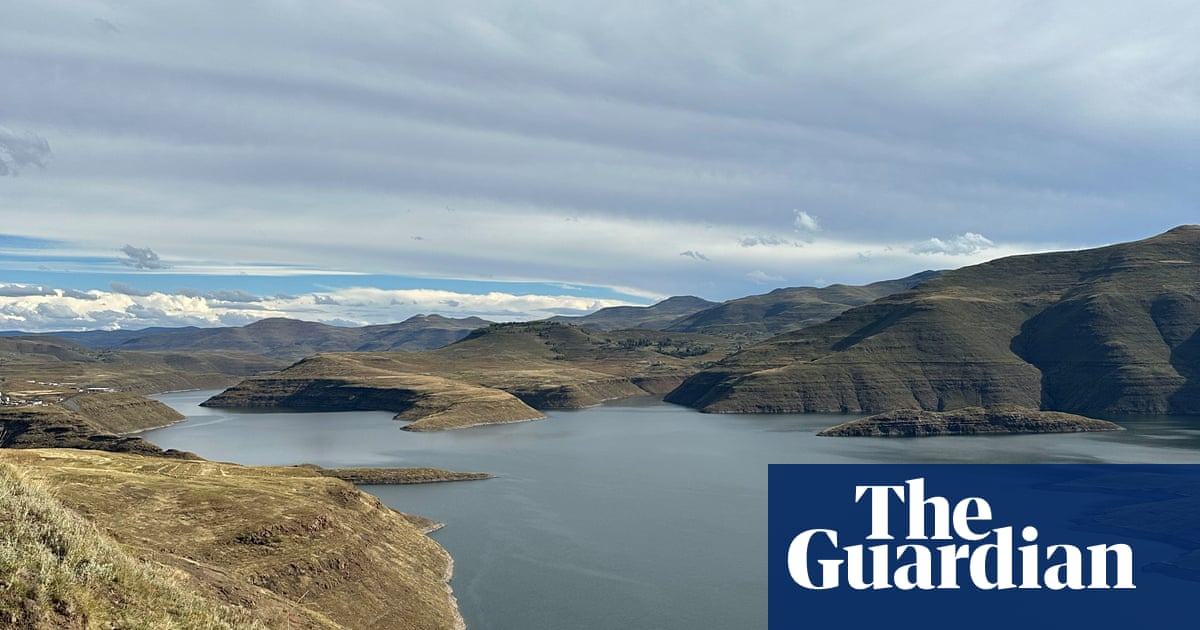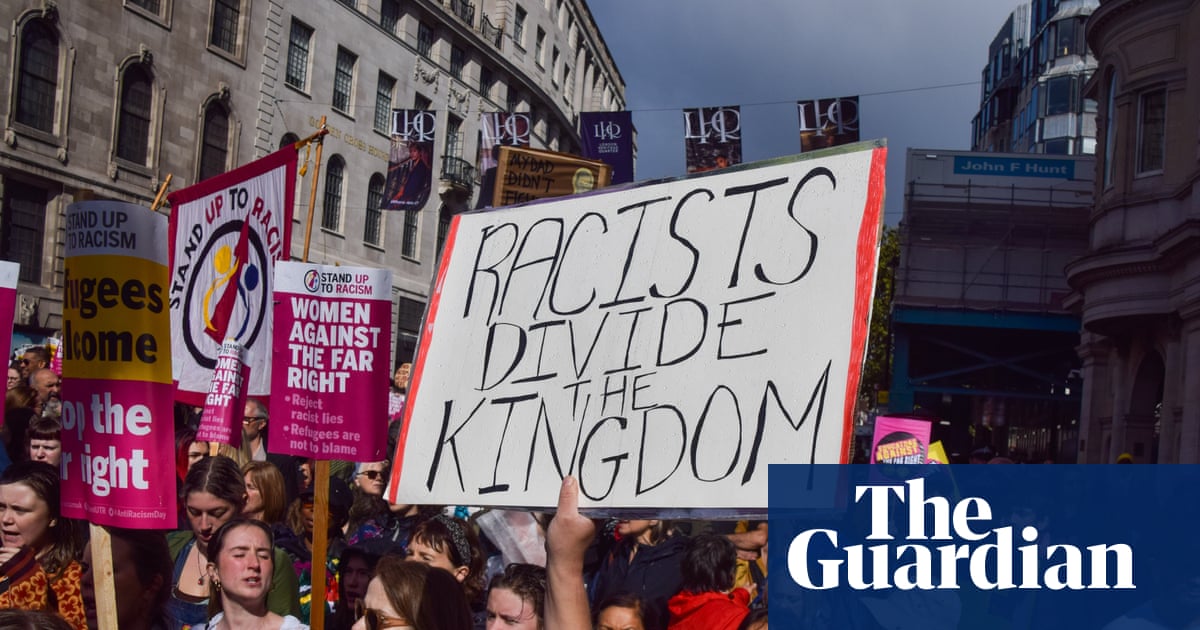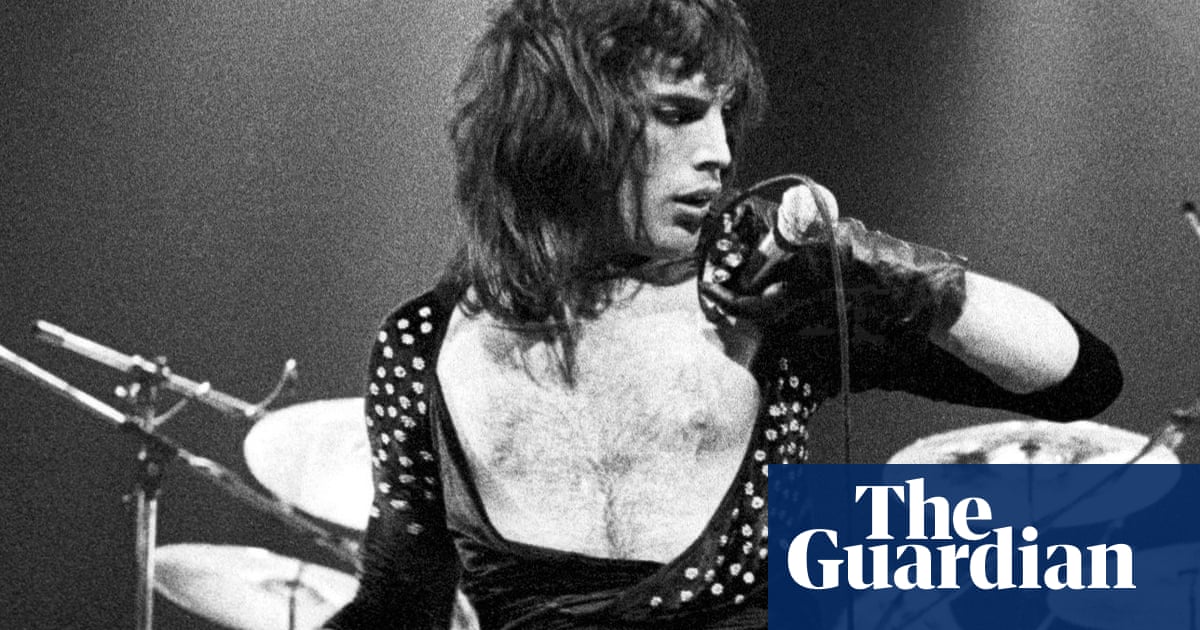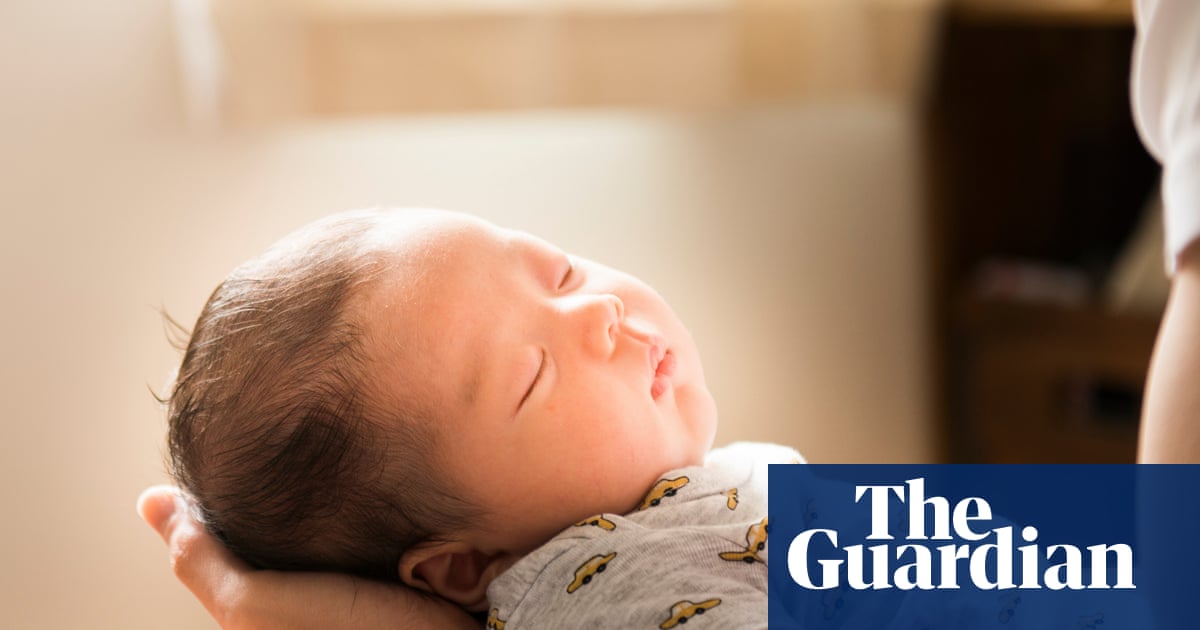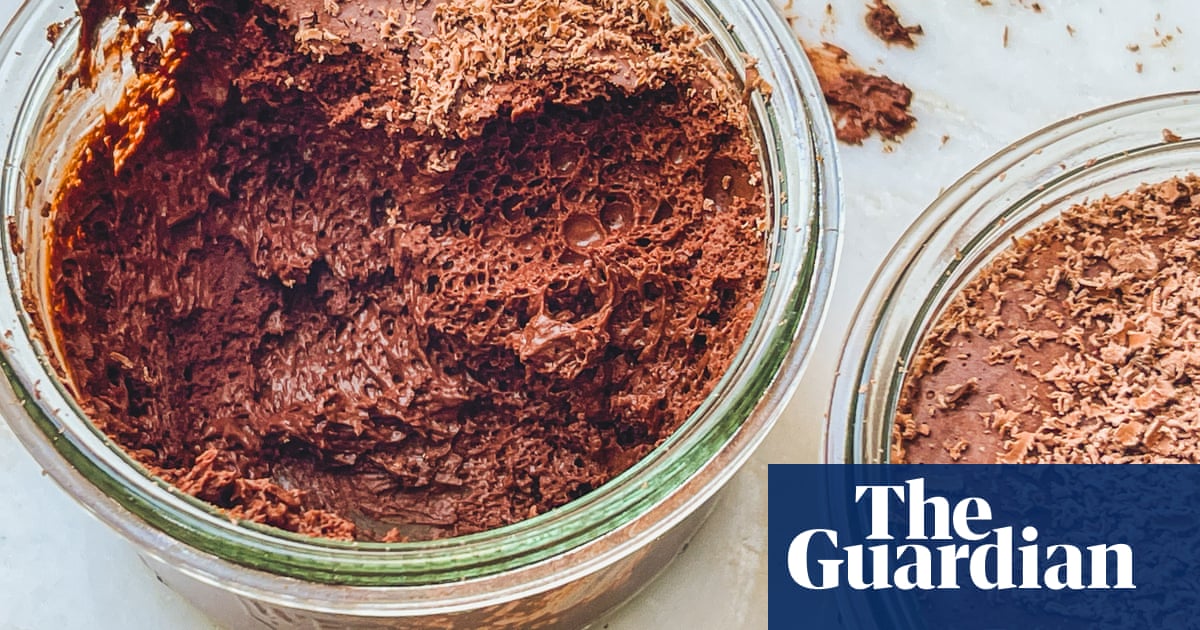Viewers may find Rachel Jones’s paintings “beautiful”, but they should be warned: the artist herself doesn’t love that word.
“In our culture, the idea of beauty sadly isn’t discussed in a critical, rich way – it’s much more reductive as a term,” says the 34 year old. “I hope that when people describe the work as beautiful, it doesn’t just stop there.” Her aim, she says, is to pull viewers in deeper, beyond the surface of the work.
Despite her youth, Jones is already preparing to open a major retrospective. Her forthcoming show at Dulwich Picture Gallery will see her large-scale, gloriously colourful abstractions hung alongside works from the museum’s collection. It will be Jones’s first institutional solo show in the UK, and also the museum’s first solo show of a contemporary artist in its main exhibition space.
“The opportunity I have to look at everything as a whole is incredible,” she says. “It’s not often that you get to do that at such an early stage in your career. It’s a real gift and privilege to look back at what I’ve done in the last six years or so.” After graduating from the Royal Academy Schools in 2019, Jones was picked up by Galerie Thaddaeus Ropac, had a work acquired by the Tate, and was part of solo or group exhibitions at Chisenhale Gallery, the Hayward Gallery and the Hepworth Wakefield, as well as galleries and institutions around North America, Europe and Asia.
In the past couple of years, though, she has slowed down. She is no longer represented by a gallery and has broadened her practice to include sound and performance as well as painting. “It’s good to learn those different ways of making and how they influence each other,” she says, telling me that sound practice has become more embedded in her day-to-day thinking. Her first big sound work, a short opera called Hey Maudie, was performed at St James’s Piccadilly in 2023. She is now working on expanding it into a full-length opera. “I also want to pour more energy into my karaoke performances,” she says, smiling. “In my personal life, I love to sing karaoke whenever I can, but it’s something I haven’t been able to explore as much as I would like to in my work.”
Jones’s cosy studio in Ilford, east London, is stuffed with the accumulation of six years’ work. “Each series of paintings moves forward,” she says, “but it’s happening more drastically in the last year in ways that are quite surprising to me, but really exciting.” She frames such rapid change around learning: she is using colours she is less confident with to give herself a challenge, and pushing herself to be more comfortable using negative space in her paintings, where the canvas is left visible.
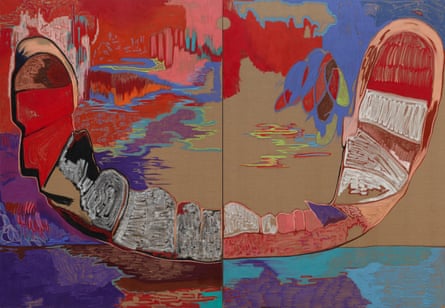
She works on raw linen now, rather than cotton canvas, giving her works an earthier, organic texture and tone. “Even if I don’t fully understand what I’m doing, I know to trust my impulses,” she says. “I can wrestle with the process more.” There is a sense of peeling back and then building from the ground up in Jones’s attitude, and in the work itself.
When young artists receive the kind of immediate acclaim and scrutiny that Jones did after art school, it can be hard to find the space to reflect. Jones has worked hard to cultivate that space, and her experience of quick fame has trained her to articulate her practice carefully. “There’s a huge desire for artists to embed their work in a narrative,” she says. “I don’t think that’s as useful as people think it is.” As she tells me about the evolutions and experimentations in her latest work, for the Dulwich show and for a site-specific commission at the Courtauld Gallery opening in September, she talks almost entirely about formal elements, rather than storytelling: new ways she uses her medium of oil pastels or new intentions behind her mark-making, not her personal narrative.
But there is also a bit of figuration in Jones’s largely abstract practice. From the beginning of her career, she has worked with the motif of the mouth. Her earlier works, such as lick your teeth, they so clutch (2021), now in Tate’s collection, are bright colour fields that use the outlines of teeth to frame form and colour. In the new work, the mouth has become a more defining form. “There is a little bit more vulnerability in the way that I’m using the mouth as a symbol now,” Jones says. Using cartoons as her main visual references, Jones sees the mouths in her latest work as open, maybe yelling or laughing or screaming or crying. “Those are quite extreme emotions,” she says, explaining the way mouths doing those things are usually attached to a body that is dysregulated or overwhelmed.
Jones is so adept at describing her process and intention as an artist, but leaves the meaning of her work more open-ended. Each viewer will have their own response to the work: “My way is just one way,” she says. “So many people are intimidated by visual art. I want people to feel like the works invite them to speak.”

 3 months ago
56
3 months ago
56

